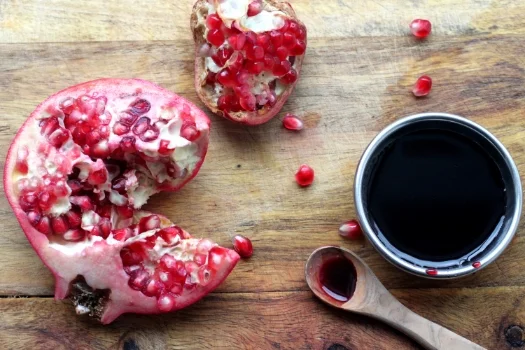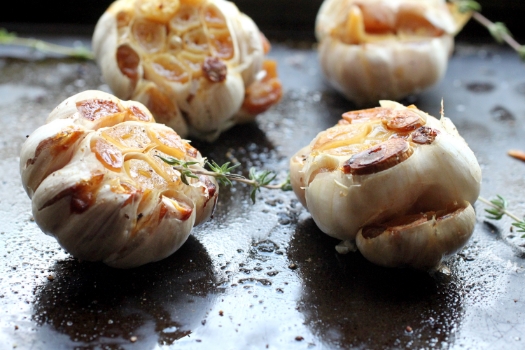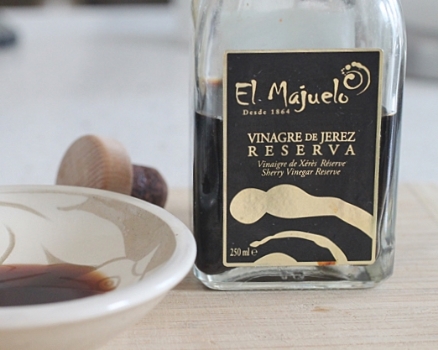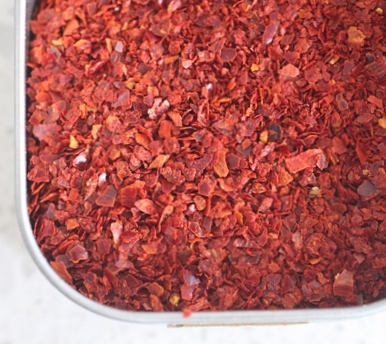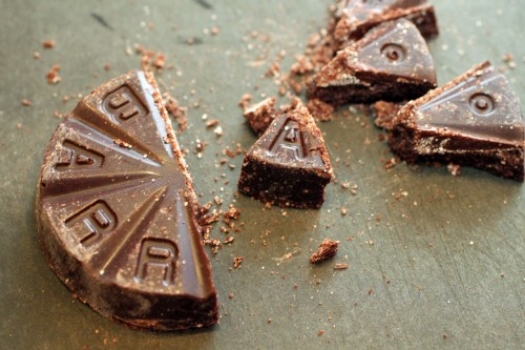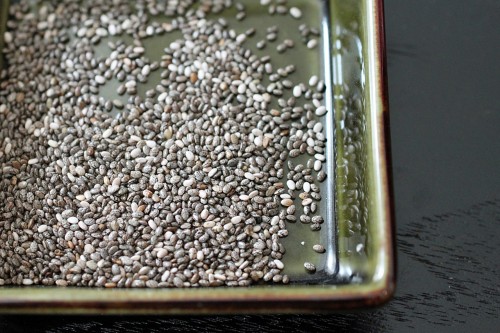TAGLIATELLE WITH MAITAKES, PICKLED CHILIES & EGYPTIAN DUKKAH
Winter and pasta for me go hand-in-hand, and, as always, I love to get a little experimental with flavor combos.
Maitake mushrooms are such a favorite – they are meaty and nutty (and have actually replaced my weekend bacon, if you can believe!). I did a pop-up dinner at a little store in my neighborhood in Brooklyn, and I created this dish for the dinner. Hard, pan-roasting the mushrooms and finishing them with butter and salt make them irresistable and is a key step in the recipe. They need a proper sear to bring out what’s best in this dish.
The sauce is super thin and easy and gets an extra hit from the pickled pepper juice. I top up the pasta with some of the actual pickled peppers, chopped cilantro, and Egyptian dukkah, a gorgeous nut and spice blend with coriander that complements the mushrooms beautifully.
This can be as homemade or not as you want. You can use my fresh pasta recipe or store-bought. You can pickle your own cherry peppers or grab a jar at the grocer. And the spice blend, Egyptian dukkah, can be bought from a specialty store, or you can use my recipe below - it stores for a month, so have fun sprinkling it on salads, a nice, seared piece of fish or on your next rice bowl. Enjoy!
Serves 6
1 pound fresh or dried tagliatelle
1-2 tablespoons canola oil
4-5 tablespoons unsalted , divided
2 (8 ounce) maitake mushrooms, hand torn into bite-sized pieces
1 shallot, finely chopped
3 cloves fresh or roasted garlic, minced
¼ cup white wine
¾ cup chicken broth
1/3 cup heavy cream
¼ cup pasta water
scant ¼ cup pickled cherry peppers, juice reserved
small handful of fresh cilantro, finely chopped
2 tablespoons Egyptian dukkah
salt & freshly ground black pepper, to taste
Bring a large pot of water up to a boil and season generously with salt until the water tastes salty. Add the pasta and cook until tender but still a bit firm to the bite, about 8 to 10 minutes if dry or according to package directions if fresh. Drain pasta reserving ¼ cup of the pasta cooking water.
While the pasta is cooking, heat a large skillet over high heat. Add the tablespoon of canola oil, and when the oil starts to smoke, add the maitake mushrooms in a single layer. If they don’t all fit, you may need to repeat the process depending on the size of your skillet. Cook for 2 to 3 minutes. The cooked side of the mushroom should be golden brown and crispy. Flip the mushrooms and throw in 2 tablespoons of the unsalted butter. Season the mushrooms generously and cook for another 2 minutes. Remove mushrooms using tongs to a paper towel-lined plate. If repeating, use the other tablespoon of canola oil and only 1 more tablespoon of butter.
Lower the heat to medium-low, add another tablespoon of butter and the shallots and garlic with a bit of salt. Let cook for 3 to 4 minutes until the shallots are translucent. Increase the heat to medium-high and pour in the white wine. Reduce until most of the wine has evaporated and the shallots are almost dry. Then, add in the chicken broth, heavy cream, and pasta water. Reduce in half. The sauce should coat a spoon but shouldn’t be too thick.
Remove the sauce from the heat and swirl in a final tablespoon of butter along with 2 teaspoons of the pickled cherry pepper juice. Taste and adjust seasoning. Throw in the pasta, maitakes and chopped cilantro and toss to coat.
Serve immediately garnished with a few pickled cherry peppers and about 1 teaspoon of Egyptian dukkah per plate.
Egyptian Dukkah
Yields approx 1 ½ cups
¼ cup hazelnuts, roughly crushed
¼ cup pistachios, roughly crushed
½ cup white sesame seeds
¼ cup coriander seeds
2 tablespoons white cumin seeds
2 tablespoons fennel seeds
2 tablespoons dried mint
pinch of chili powder
½ teaspoon black pepper
1 ½ teaspoons salt
Preheat the oven to 350° F. As opposed to toasting in the skillet, I like to toast this blend up in the oven so the nuts and spices toast evenly.
Line a baking sheet with parchment paper. Add the hazelnuts, pistachios and all of the seeds and make sure they are in a single layer. Toast for 8 to 10 minutes – you should smell a really nutty fragrance.
Transfer toasted nuts and spices to a mortar and pestle or a spice / coffee grinder. I like a slightly rough texture for this, so grind until there are still bits and pieces and it’s not completely powder.
Combine with the dried mint, chili powder, black pepper and salt. Store in an airtight container, preferably in a cool spot – it will keep for about a month.









